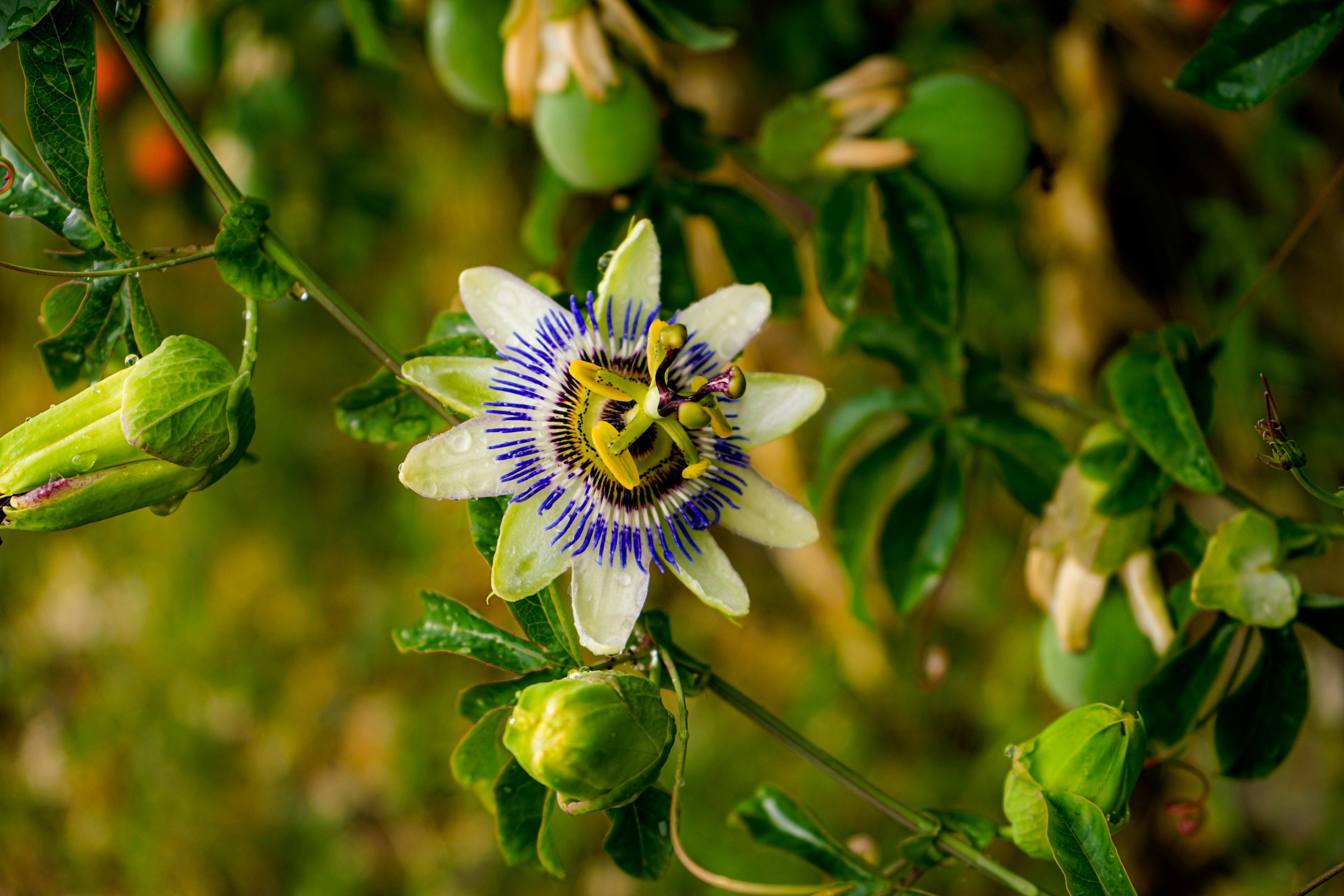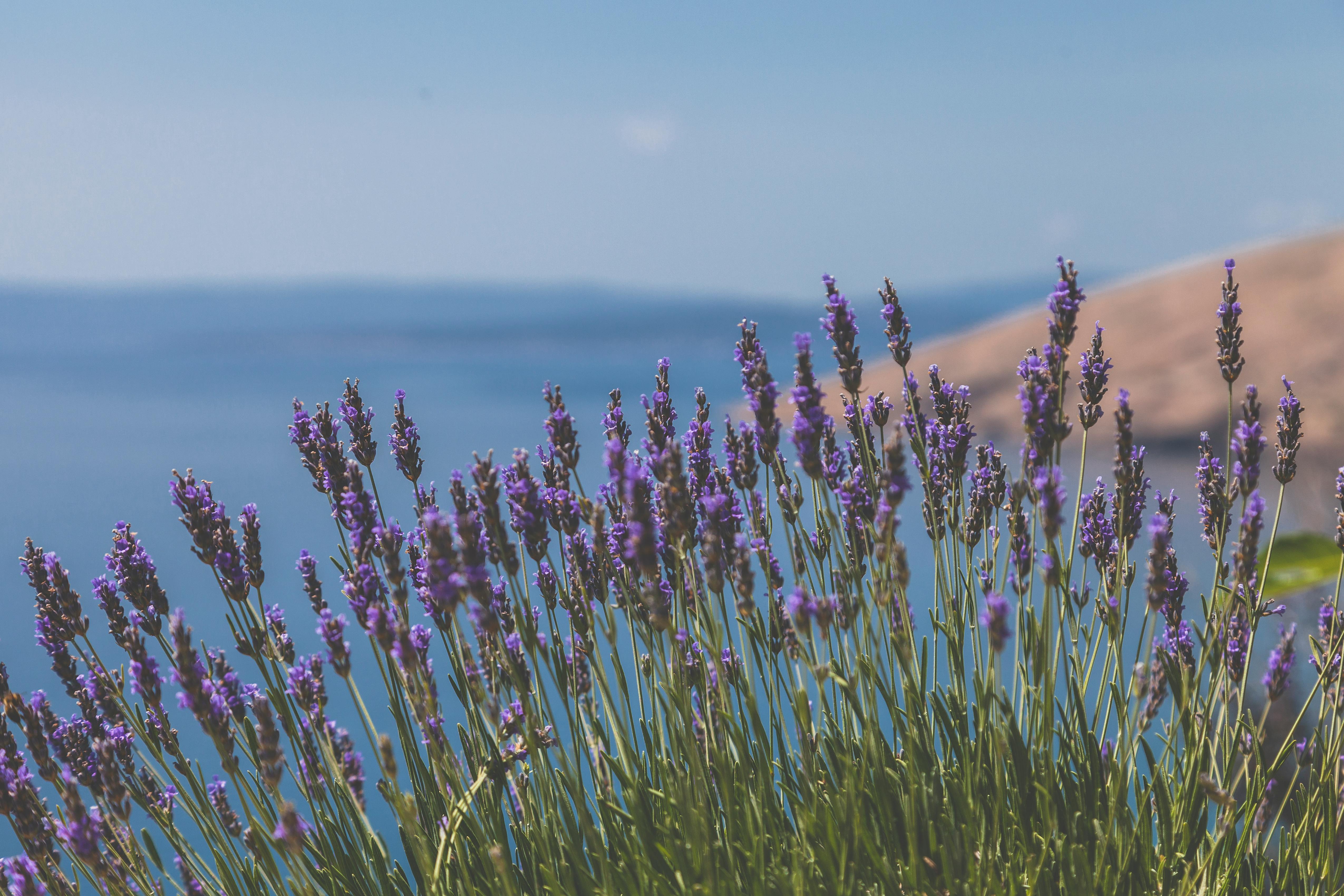If you're on the hunt for natural, vegan skincare, chances are you've seen bakuchiol (buh-koo-chee-all) pop up in ingredient lists
—especially in anything promising to smooth fine lines, wrinkles, and all the lovely surprises that come with aging skin. But is the hype real? Can it stand up to the retinoids everyone swears by?
Not to spoil things before we even get into it, but if you have sensitive skin or deal with hyperpigmentation, I would sprint to try some bakuchiol. So, is it just as good? Oh, absolutely. It could be better for some. Let’s get into it!
What is Bakuchiol?
Bakuchiol comes from the kidney-shaped seeds of the babchi plant in the Fabaceae (pea) family. Its Latin name is Psoralea corylifolia, which is always important to know when talking about plants, especially this one, since my research turned up at least 30 different names for it! You can find it growing all over India, South Africa, and China, and it has been a revered plant in Ayurveda and Traditional Chinese Medicine for thousands of years.
While the babchi plant itself has a wide range of uses—from digestion and liver detoxification to heart health —when we’re talking about bakuchiol, a single compound of babchi (the whole plant) that works as a plant-based retinol alternative. So what exactly is bakuchiol? It's a meroterpene partially derived from terpenes and phenols that functions similarly to retinol.
Bakuchiol is a powerful antioxidant that helps protect the skin from oxidative stress. This is especially important for aging skin, as oxidative damage from UVA and UVB rays accelerates the breakdown of collagen and elastin. It also contributes to dryness, a weakened skin barrier, hyperpigmentation, and inflammation, making it harder for the skin to repair itself. Bakuchiol helps maintain the skin’s structure, hydration, and resilience by neutralizing free radicals and reducing oxidative stress.
It doesn't just help protect the breakdown of collagen and elastin; it stimulates the production! Bakuchiol has been shown to activate genes involved in synthesizing type I and type III collagen, which are essential for maintaining skin structure. Type I collagen is the most abundant form in the skin, providing strength and support, while type III collagen helps maintain skin elasticity and resilience.
Another key benefit of bakuchiol is its ability to promote cell turnover—essentially the process of shedding old, damaged skin cells and replacing them with new, healthy ones. This is crucial for maintaining smooth, even-toned, and youthful skin. Cell turnover slows down as we age, leading to a buildup of dead skin cells that can make the skin look dull, rough, and uneven. It also contributes to clogged pores, fine lines, and hyperpigmentation. Bakuchiol works by signaling skin cells to speed up this natural renewal process, helping to boost collagen production and encourage the formation of fresh skin cells.
Lastly, as I mentioned in the introduction, bakuchiol is especially beneficial for hyperpigmentation. It helps even skin tone and inhibits melanin synthesis, making it practical for reducing sun spots, melasma, and post-acne marks. By regulating pigment production, bakuchiol helps prevent excess melanin from accumulating in certain areas, leading to a brighter, more balanced complexion.
How Does It Compare to Retinol?
As you can see, bakuchiol truly mimics many ways retinol works, but why choose it over retinol? First, let’s clarify what retinol is and what it isn’t. Regarding retinol, we refer to an isolated form of Vitamin A commonly added to skincare products. Retinoids are an umbrella term for the entire family of Vitamin A derivatives, including more substantial, prescription-based options like tretinoin. Now that we’ve cleared that up, how do they compare?
In one study, researchers tested the effects of 0.5% bakuchiol and 0.5% retinol on participants over 12 weeks. Both ingredients significantly improved in reducing fine lines, wrinkles, and hyperpigmentation, demonstrating that bakuchiol can effectively mimic retinol’s skin-renewing properties. However, the key difference was skin tolerance—while retinol users experienced common side effects like redness, flaking, irritation, and burning, those using bakuchiol had far fewer adverse reactions. This makes bakuchiol a gentler alternative that can be used long-term without the same risk of sensitivity, peeling, or inflammation that often comes with retinol. If you have sensitive skin, bakuchiol is far better than retinol.
One factor I always like to consider when choosing skincare products is sustainability. There are notable differences in their environmental impact when comparing retinol and bakuchiol, both isolated compounds. Bakuchiol tends to have an advantage here because it comes from a plant source, requiring far less processing than retinol, which is synthetically produced in a lab and involves solvents, chemicals, and extensive processing. This makes bakuchiol a more resource-efficient option in the production process.
Additionally, because bakuchiol is plant-based, it’s generally more biodegradable in the environment than synthetic retinoids, which can persist in water systems after being washed off the skin, contributing to environmental pollution. However, it’s important to note that there is a potential risk of overharvesting wild babchi plants, the source of bakuchiol, which can lead to environmental strain if not carefully managed. To mitigate this, choosing sustainably sourced or lab-grown bakuchiol is crucial to minimize ecological impact.
Conclusion
While bakuchiol and retinol have proven effective in combating aging skin, I lean towards bakuchiol and sustainability. Its gentler approach on the skin and lower environmental impact make it a solid choice for those seeking a more sustainable and skin-friendly option. That said, incorporating retinol through your diet, via foods rich in Vitamin A, can also be a beneficial way to support your skin’s vitality and overall health.













Leave a comment